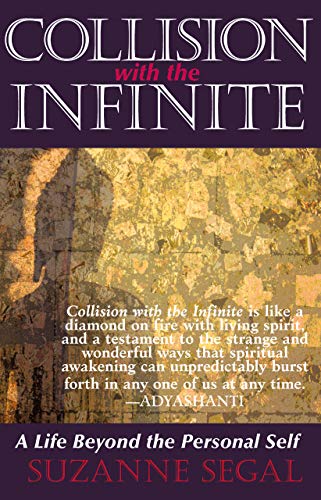What do you think?
Rate this book


126 pages, Kindle Edition
First published September 1, 1996
Suzanne's example speaks to us of the importance of integration - of the personal and the transpersonal, the psychological and the spiritual-and raises questions about the relationship between dissociation-in which parts of the psyche split off from one another-and genuine, abiding awakening. By dying before this integration had occurred, Suzanne left each of us with the koan of discovering it for ourselves.